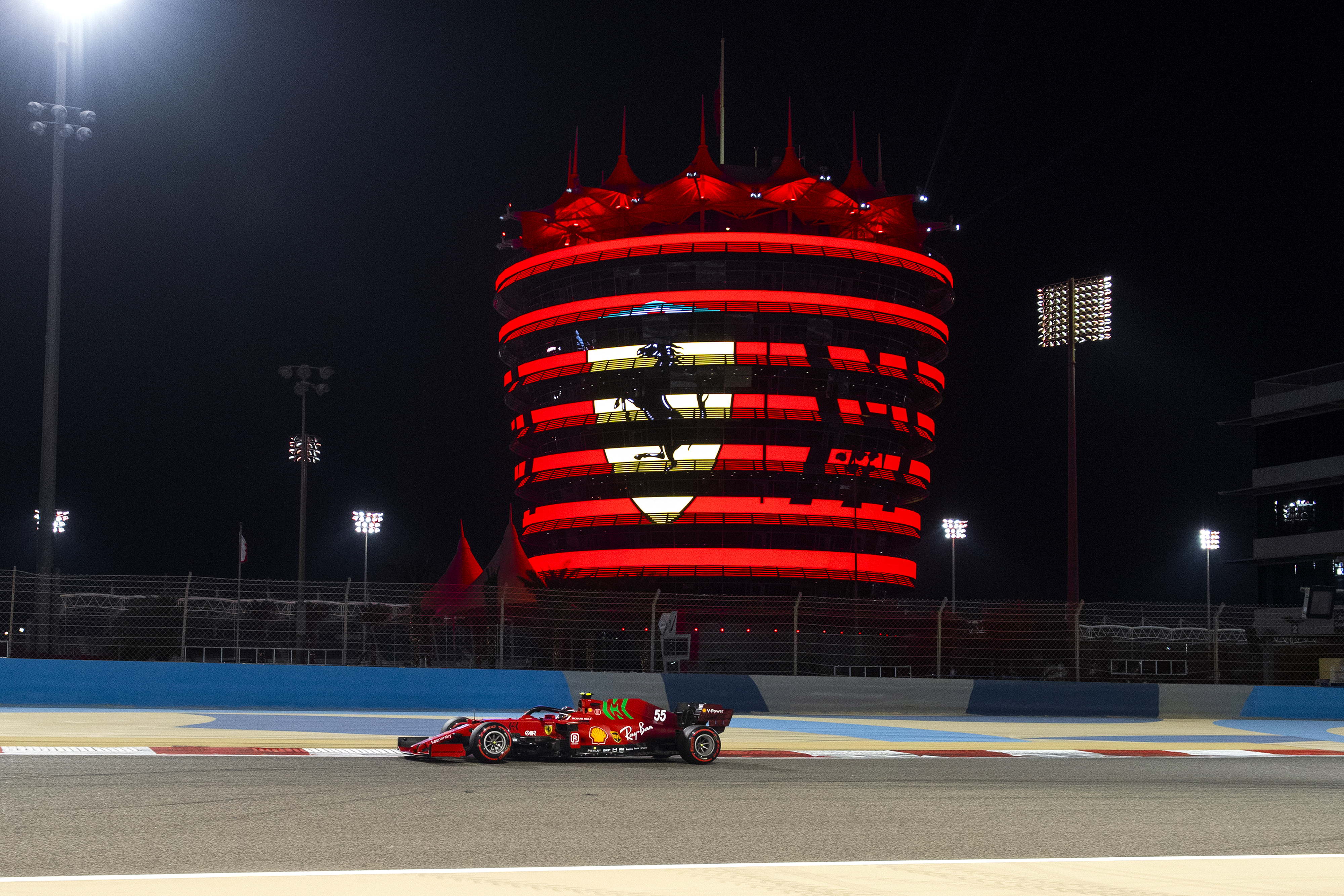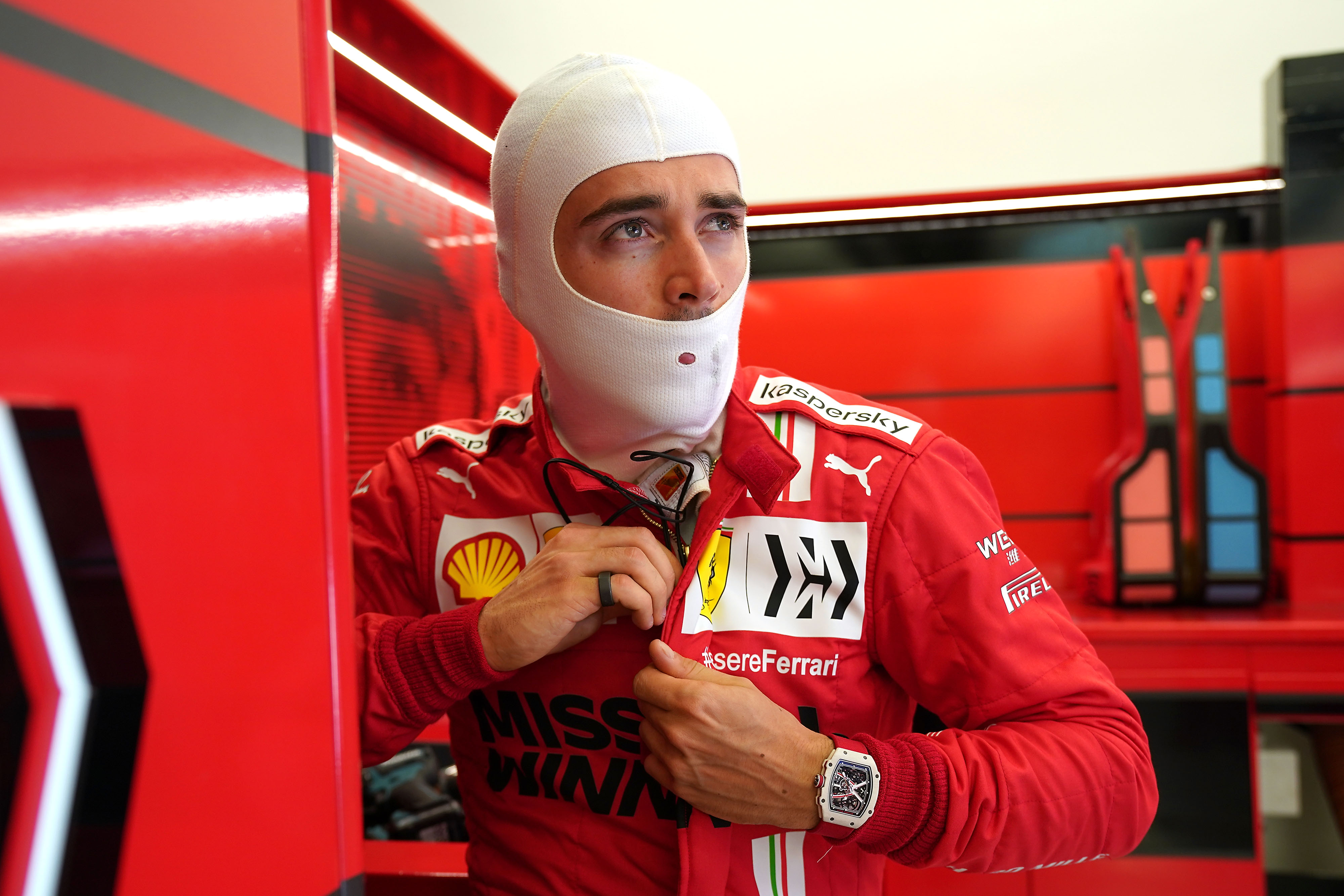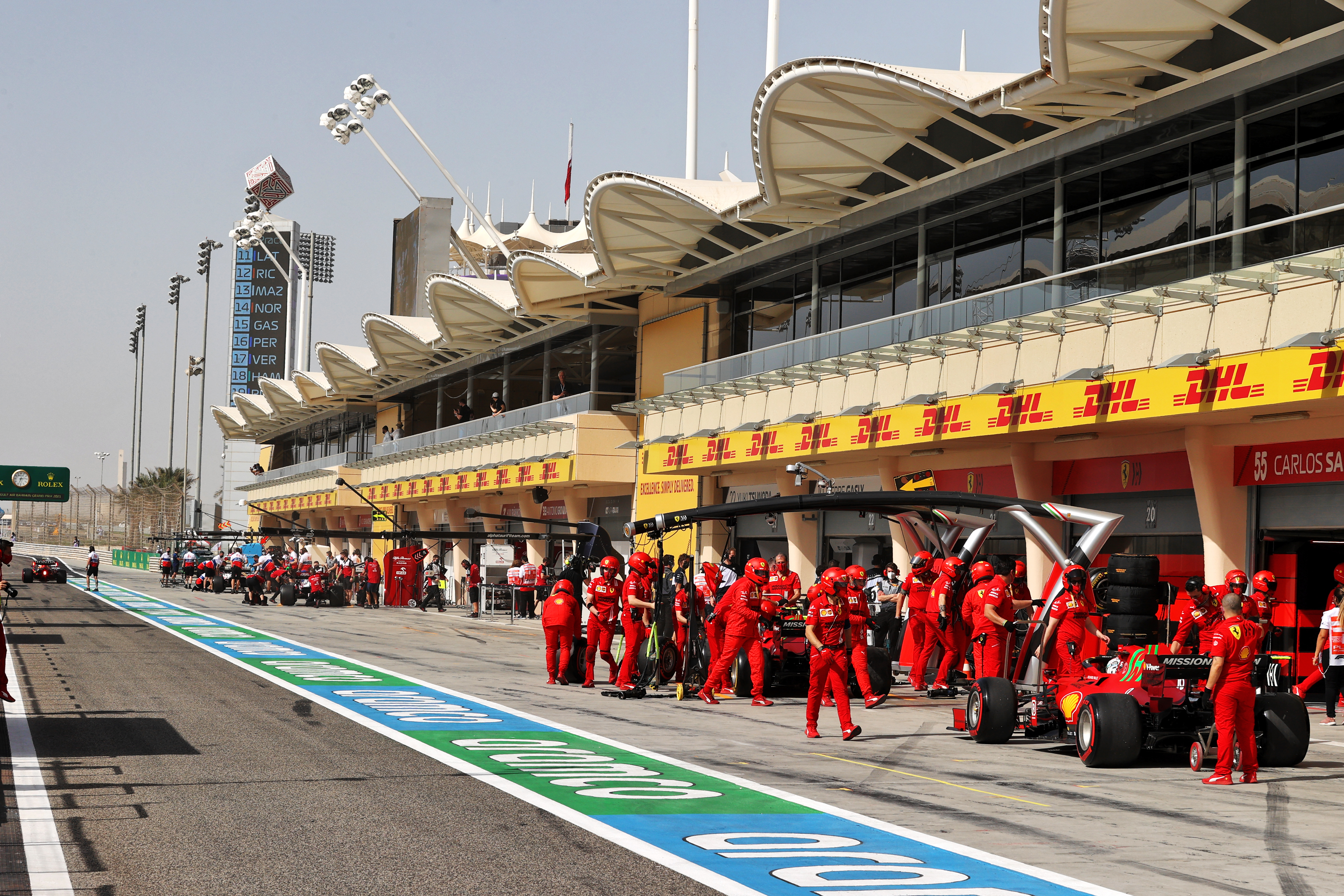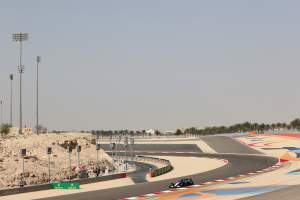Up Next

Charles Leclerc’s admission that Ferrari “maybe didn’t expect to be as competitive” as it was in Friday practice for the Bahrain Grand Prix hints that the team still sees itself scrapping to top Formula 1’s midfield.
Ferrari finished sixth in last year’s constructors’ championship, chiefly because of its reduced engine performance following various FIA technical directives but also because its SF1000 car was draggy and suffered from rear instability.
Extensive improvements have been sought over the winter including a reworked engine, revised rear suspension and new aerodynamics, and Ferrari found in pre-season testing it had made the gains it anticipated from various simulations.
However, Ferrari had admitted it was not expecting to overcome its entire deficit in one winter, and initial analysis of testing suggested that other teams’ improvements meant Ferrari had not been able to move clear of that midfield pack or even necessarily assert itself at the front of it.
Ferrari had a good Friday practice for the season opener in Bahrain, with new driver Carlos Sainz Jr fourth-fastest and 0.280s off the pace – slower only than a driver each from Red Bull, McLaren and Mercedes – while Leclerc had traffic on his qualifying simulation in second free practice and was only 12th, half a second behind.

Long-run analysis creates an even more reliable picture and suggests Ferrari was in the mix with McLaren and AlphaTauri in their respective race simulations as well, although different programmes can still influence that order.
Leclerc described Friday as a “positive day”, adding: “To be honest, we maybe didn’t expect to be as competitive, even though it’s still very early days for now.
“FP1 was positive on my side, FP2 a bit less. I’ve been struggling a little bit with the car here and there and didn’t manage to finish the lap I wanted to but overall I can feel there’s a lot of motivation into the team.
“I can see and we can feel the improvements that have been made since last year which is good for now. And [qualifying] will be where we’ll know exactly where we are compared to the others.”

It suggests that being at the front of the midfield would represent an above-expectations result from Ferrari, even though externally there was a belief it should re-establish itself as the third-best team this season following its 2020 fall from grace.
But that might just be realism from Ferrari, knowing that Mercedes and Red Bull were likely to retain their stranglehold at the front of the field and the intense midfield fight, which looks even more condensed in 2021, would not be easy to escape.
Ferrari’s sporting director Laurent Mekies appeared to confirm that when he said: “Mercedes and Red Bull is very strong at the front.
“Behind them it looks like a tight pack, maybe even tighter than last year, including more cars.
“So whether or not you are at the top or the bottom of the pack if it is confirmed to be a close field will depend on how good of a weekend optimisation you do.”
Mekies added that it was “a bit early” to think about that competitive spread and stressed Ferrari was still working through its own programme.
Leclerc confirmed the team had not run “flat out” but said that was probably the case for the other teams as well.

“It was a continuation of the test, mainly because it was such a short test, and you are at the same track,” Mekies said of Friday’s running.
“So you are completing your discovery and understanding of your car. That’s the simple reality of what we are doing.
“We try to do that by as much as possible, looking at ourselves, without getting too distracted by the other guys around.
“That’s what we have tried to do in the test, try to be as methodical as we could, and I think the same applied for Friday because things can vary on Fridays.
“We are trying to map our car, to scan our car to make sure it’s modelled properly, and it’s doing what we think it does.
“Whether or not what it does is good enough is another dimension! But at the moment we are trying to ensure that it behaves as we think it should for given conditions.
“Saturday afternoon we will understand whether that is actually enough for the job we have to make.”
The most basic of 2020-to-2021 comparisons can be made by contrasting FP2 performance this week with Friday practice from last year’s Bahrain GP, just a few months ago.
Ferrari actually comes off best in that brief analysis, having lost the least time compared to 2020.
FP2 pace loss compared to 2020
1 Ferrari +1.017s
2 McLaren +1.101s
3 Alfa Romeo +1.113s
4 Williams +1.358s
5 Red Bull +1.529s
6 AlphaTauri +1.743s
7 Aston Martin +1.990s
8 Mercedes +2.111s
9 Alpine +2.139s
10 Haas +2.448s
That could be down to other factors including different programmes, conditions favouring different cars, or driver performance – or it could hint at Ferrari making a good gain relative to rivals given the loss of downforce every team has experienced with the new 2021 aerodynamic rules around the floor.
Mekies believes it will take a few races to establish exactly what gain Ferrari has made relative to its opposition.
“We know exactly our number, I think the question is what does that number become when you factor in the progression of the others,” he said of Ferrari’s engine gains in particular.
“The real answer to that, you discover it when you analyse qualifying.
“And probably because of the nature of these estimations, you need a few qualifying sessions to make sure that you have a reliable number where you can go back to the factory and say ‘OK, guys, we know our progress and this is now where we stand compared to the others’.
“I think that will happen after two, three, maybe four qualifying where you have consolidated a number of estimations of the other guys’ outputs.”







